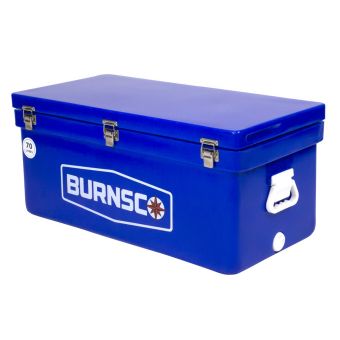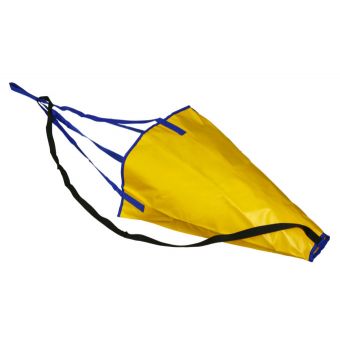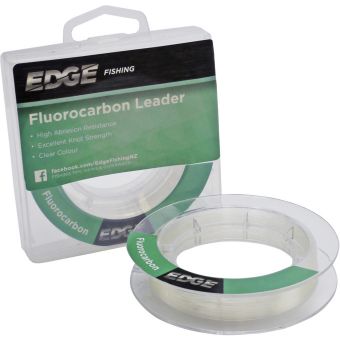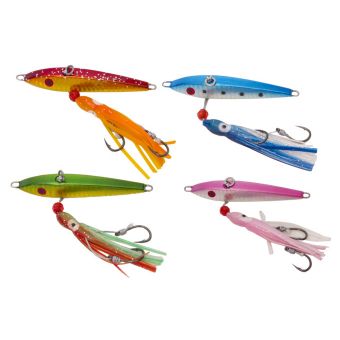Edge Inchiku Jigs are a suitable jig for beginners or well-seasoned fishos as they are both simple to rig and to fish. Edge Inchiku Jigs can be used to catch a variety of fish species including Snapper, Gurnard, Kahawai, Trevally, Blue Cod and Kingfish.
When rigging your Edge Inchiku Jig, tie your Edge fluorocarbon leader (20-30lb) to the ‘tail’ end of the lure. This makes it a bottom weighted lure allowing the jig to fall quickly through the water column.
Technique 1 - Slow Jigging
Once you’ve located your fish on your fishfinder or a visible workup, position the boat up-wind or up-current, deploy your sea anchor and commence your drift. Allow your Edge Inchiku Jig to fall freely and quickly through the water. Quite often as the jig passes through the fish school, the angler will get a couple of light taps, engage the reel and gently wind or a slow lift of the lure. More often than not, you will get a hook up! If you don’t get a hook up, continue free spooling to the bottom, once on the bottom slowly start a slow wind, pausing occasionally to lift slowly. Once the line angle gets to 45 degrees, wind up and repeat. If you feel bites, slowly wind but do not strike as you want to wait for the big fish to come in and take the jig.
Technique 2 – Bottom Bouncing
Another way of fishing Edge Inchiku jigs is to let your jig down to the bottom and let it bounce along, just above the sea floor. Place your fishing rod in low angle rod holder (such as a Rail Blaza rod holder so one does not point load and break the rod), back the drag off a fraction and the rocking action of the boat will give the jig its action. This allows the angler to fish a different method at the same time. You just need to wait for the rod to load up with a fish.
Check out the below instructional video for more tips:
Do you have any questions?
Please, contact our friendly team on 0800 102041 or email: website@burnsco.co.nz
We provide general information on products, not personal advice. Always seek the help of a relevant tradesperson if you have a technical query.





